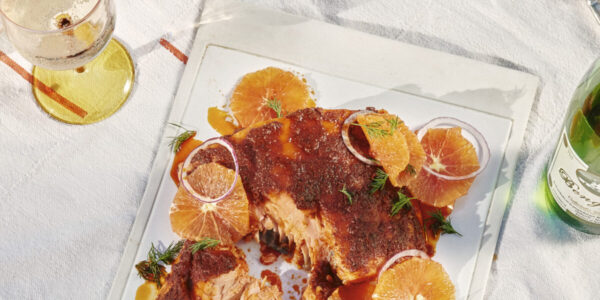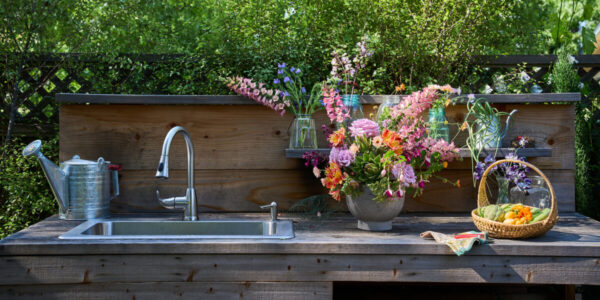
There’s Slow Food, Slow Travel, and Slow Fashion—But Have You Heard of Slow Flowers? Here’s What to Know About the Trend
Are you ready? Because it’s high time for the slow flowers revolution. Vive la resistance!

The Seattle Wholesale Growers Market is a good place to pick up locally grown blooms. Photo by Missy Palacol Photography.
There’s an ugly truth behind those beautiful alstroemeria, dahlias, and roses we adore—80 percent of them are grown overseas and imported on gas-guzzling jets—often soaked in pesticides—despite the fact that they can be grown right here in the U.S. These blooms are often called “fresh” cut flowers, but they’re anything but.
Frustrated by the lack of awareness people often have when it comes to the origins of their cut flowers, Seattle’s Debra Prinzing—a multi-hyphenate journalist, author, and podcaster—started the Slow Flowers Society as a way to get consumers, farmers, and florists to think more deeply about where their flowers come from and how they’re grown. The idea is to talk about flowers the way a gourmand would want to know precisely where their cheese was made and by whom. “Slow flowers is all about inspiring growers, florists, and buyers to use and grow blooms that are local, seasonal, and sustainable,” Prinzing says. Meanwhile, her website, slowflowers.com, includes an impressive directory of florists and farmers who are part of the movement. (It’s also where you can read an impressive slow flowers manifesto.)
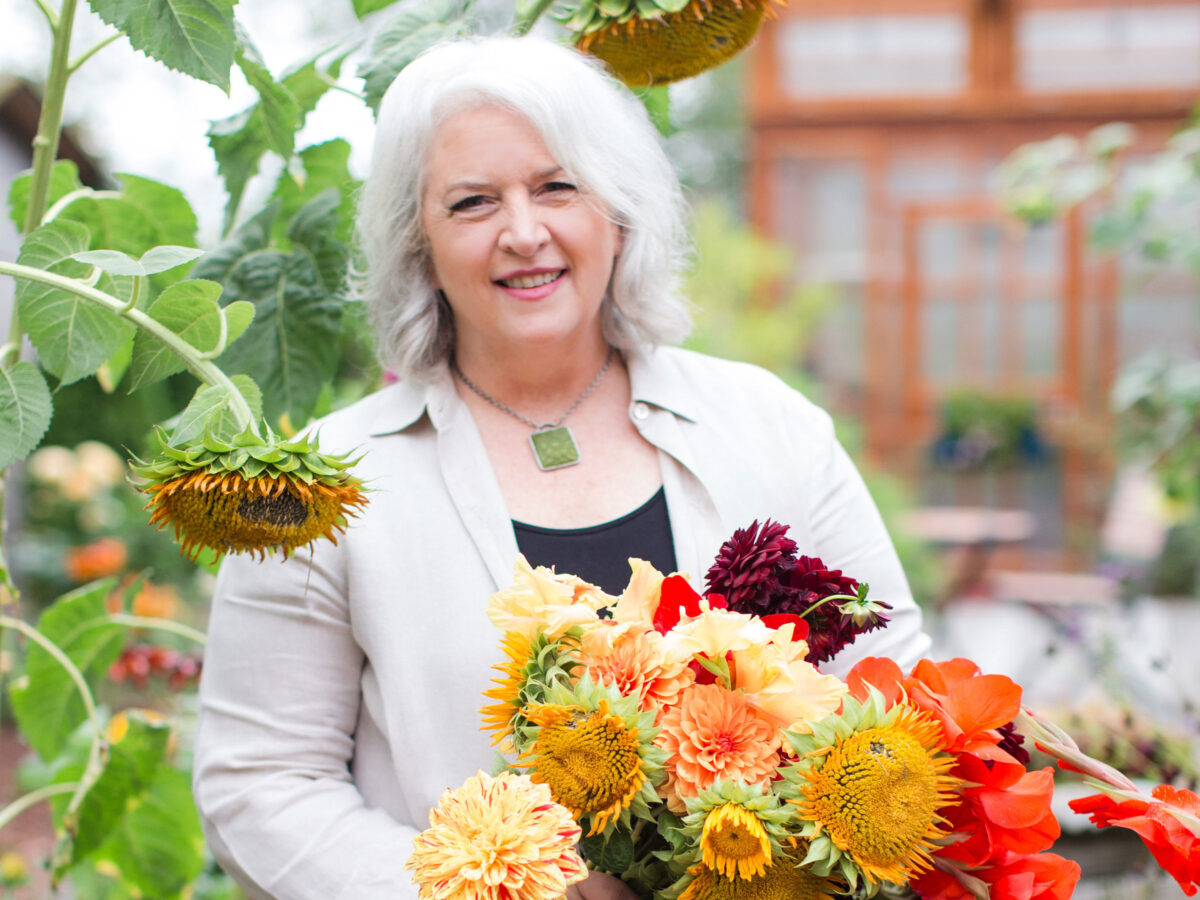
Courtesy of Debra Prinzing
Caring about where and how our cut flowers are grown is an idea that feels exactly right for our environmentally critical times, when our consumption of resources demands to be reconsidered. Here, Prinzing tells us everything we need to know about slow flowers—including how to get our hands on these prized and inspiring blooms.
Tell me how you got the idea for the slow flowers movement.
I used to profile a lot of flower farmers for Country Gardens Magazine, which is not in publication anymore, but I had this amazing editor who basically took every pitch I gave him on flower farmers. Flower farming is so top-of-mind for anybody who’s a flower lover—it’s an aspirational lifestyle idea, right? And home gardeners wanted to get their hands on the cool varieties that the pros were growing.
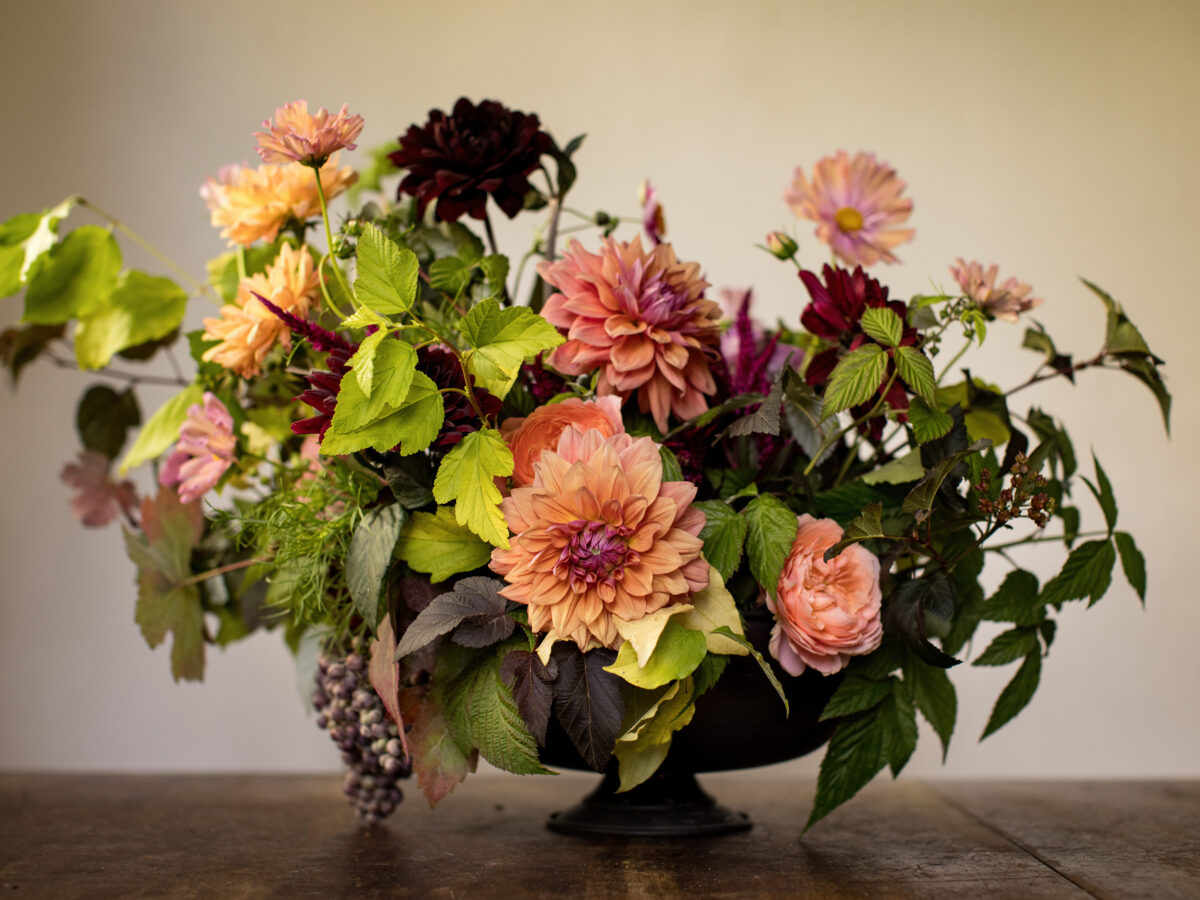
A locally grown bouquet from Seattle’s Fortunate Orchard. Photo by Jenny Jimenez.
So, I ended up working on a book that came out in 2012 called The 50 Mile Bouquet, and then another called Slow Flowers: Four Seasons of Locally Grown Bouquets from the Garden, Meadow and Farm. And that’s when media people started to say, “I’ve drunk the Kool-Aid. I think it’s really important that we support this ethos of local, seasonal, and sustainable flowers, not to mention the beautiful qualities local flowers have.”
Right. When I buy flowers that are grown locally, they’re much more fragrant and full of life than the ones I get at, say, Trader Joe’s. Meanwhile, I know 80 percent of the flowers sold in the U.S. are imported from places like Colombia and Ecuador, but how are smaller, local farms doing?
I like to point to a few metrics that are legit. The USDA does a flower culture census every five years—they survey farms, and it’s self-reporting. For the last two cycles from 2007 to 2012 and 2012 to 2017, farms are reporting that some or all of their acreage is being devoted to growing cut flowers; that number has increased by 16% in both periods.
The USDA also did an analysis of the highest value-added crop for small-scale farmers—as in, people with under a hundred thousand dollars in revenue—and cut flowers were the highest value-added crop above any other category like, say, livestock. Here in Seattle, cut-flower farmers can sell a five-stem bunch of hellebores for $25 wholesale when it’s in season, because florists are freaking out about wanting them.
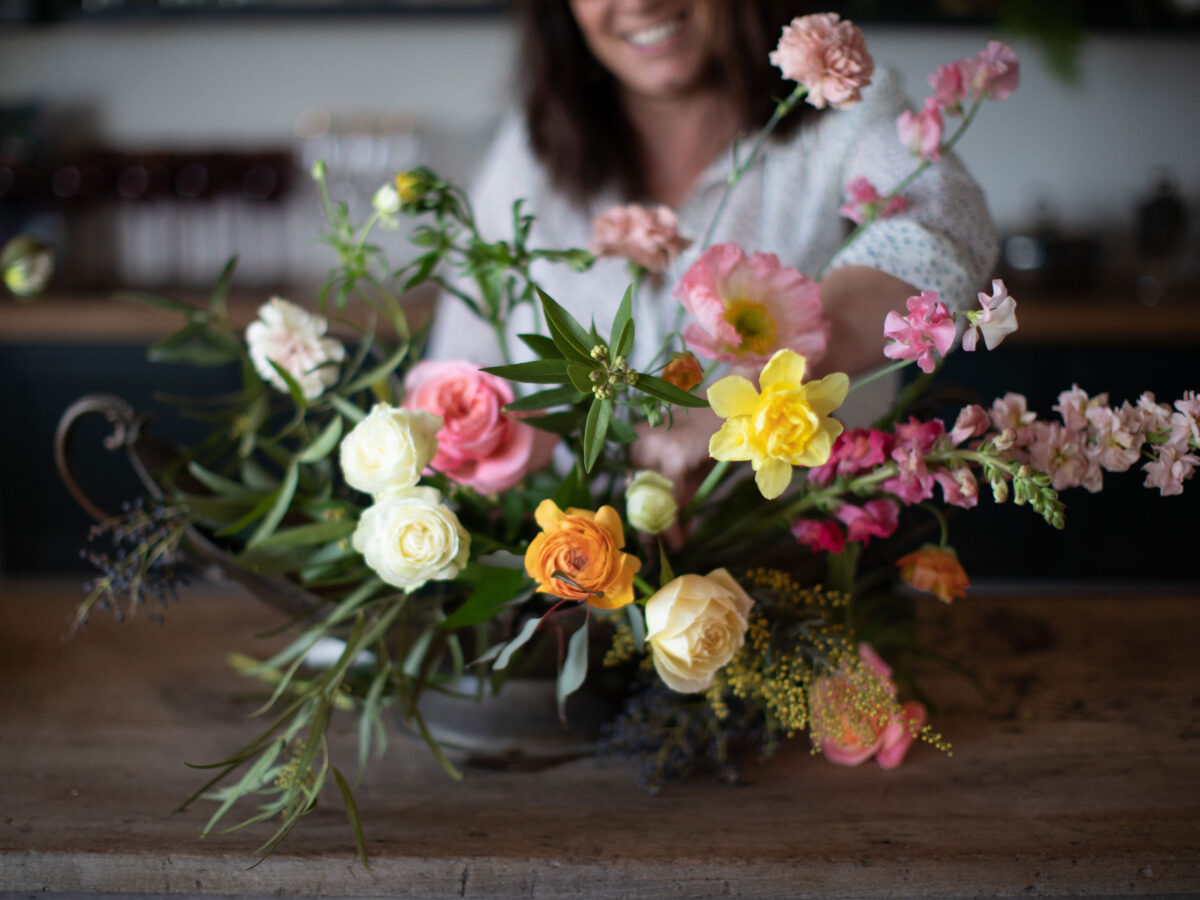
A bespoke bunch from Forage Floral, in Santa Ynez, California. Photo courtesy of Elizabeth Messina Photography.
The farms themselves can be so inspiring. Take the rooftop Bluma Farms in Berkeley, which I wrote about for Sunset last year.
Yeah. She’s growing specifically for wedding and event florists. There’s just this whole exciting confluence between the growers and the designers coming together. And that’s really where the slow flowers idea sits—at that intersection. When the farmer and the florists start talking, beautiful things can happen.
So how does one find a florist or farmer who specializes in “slow flowers”?
Slowflowers.com is an online directory. It’s not e-commerce, it’s just information on how to find flower farmers. Consumers come to use the site and search by city, state, or ZIP code so they find somebody in their area. We have about 800 listings on the site.
We only recommend things we love. If you buy something through our site, we might earn a commission.
